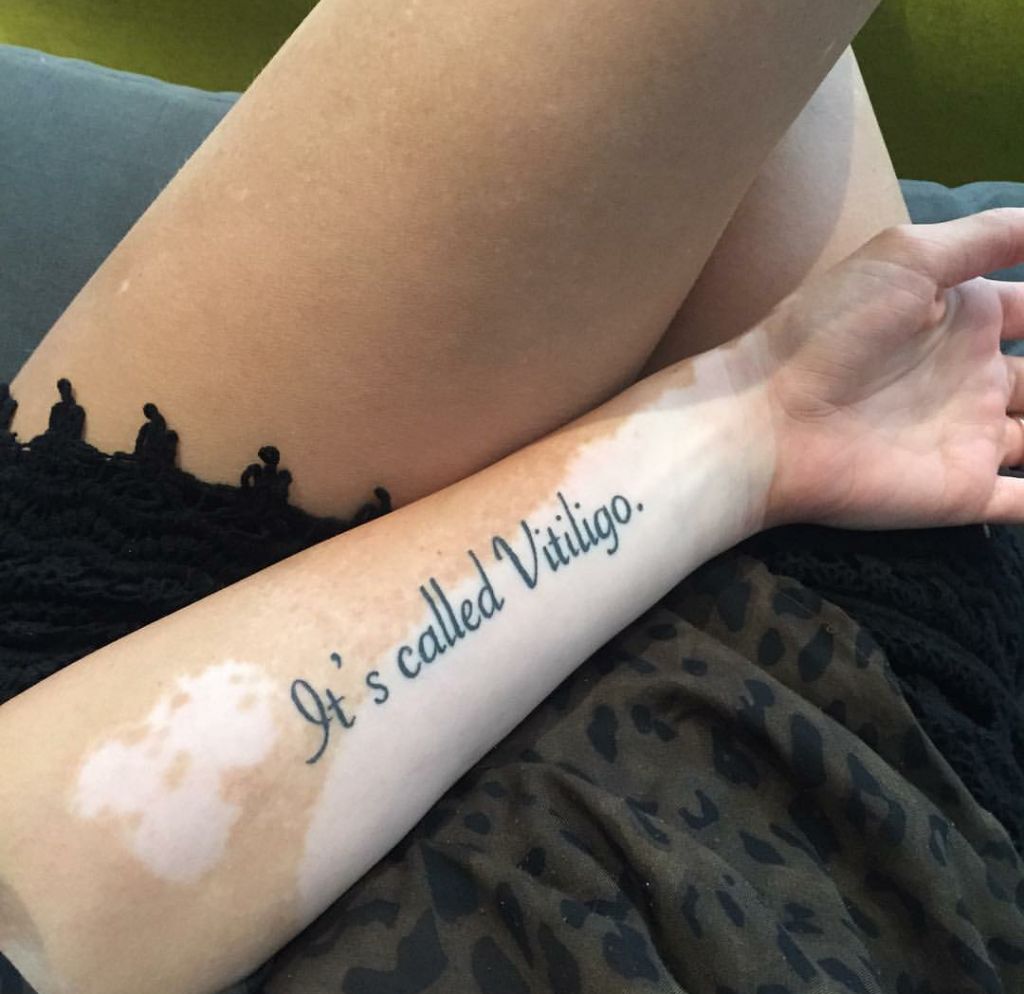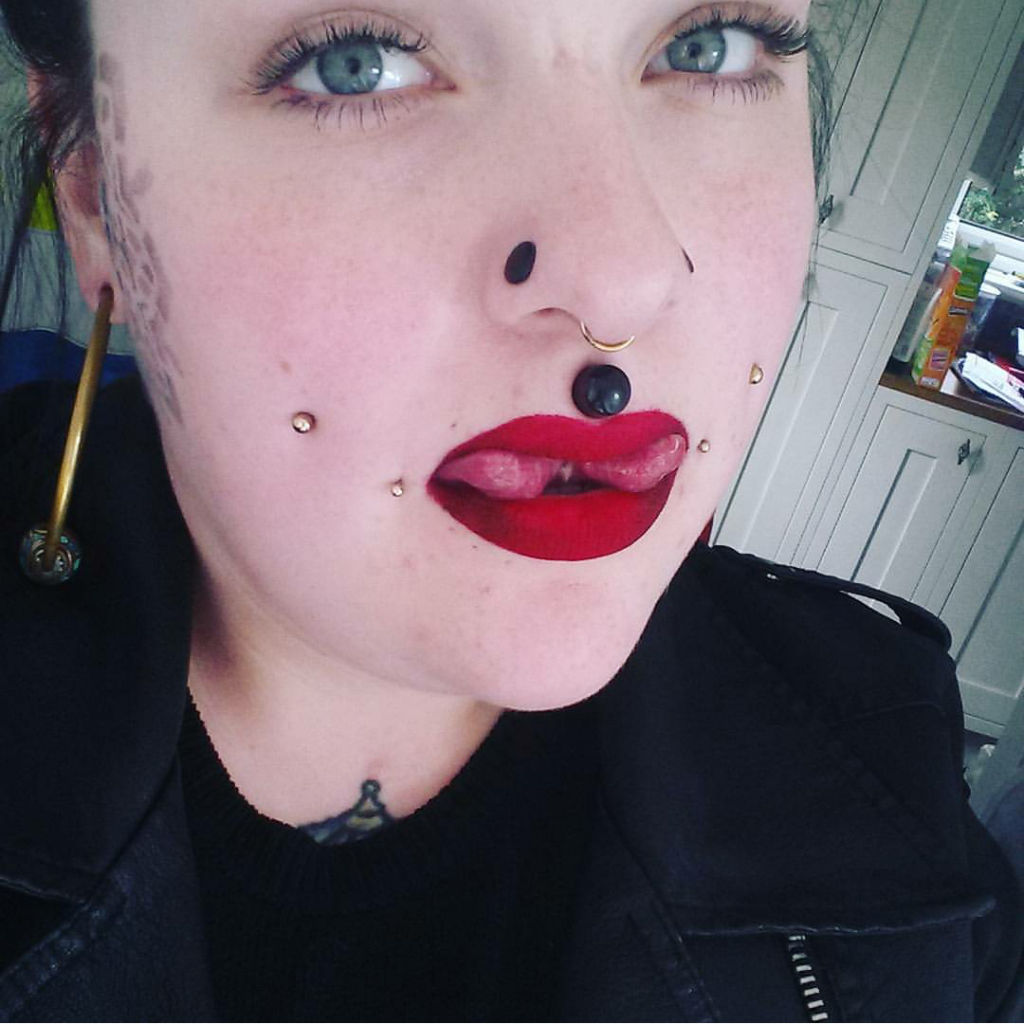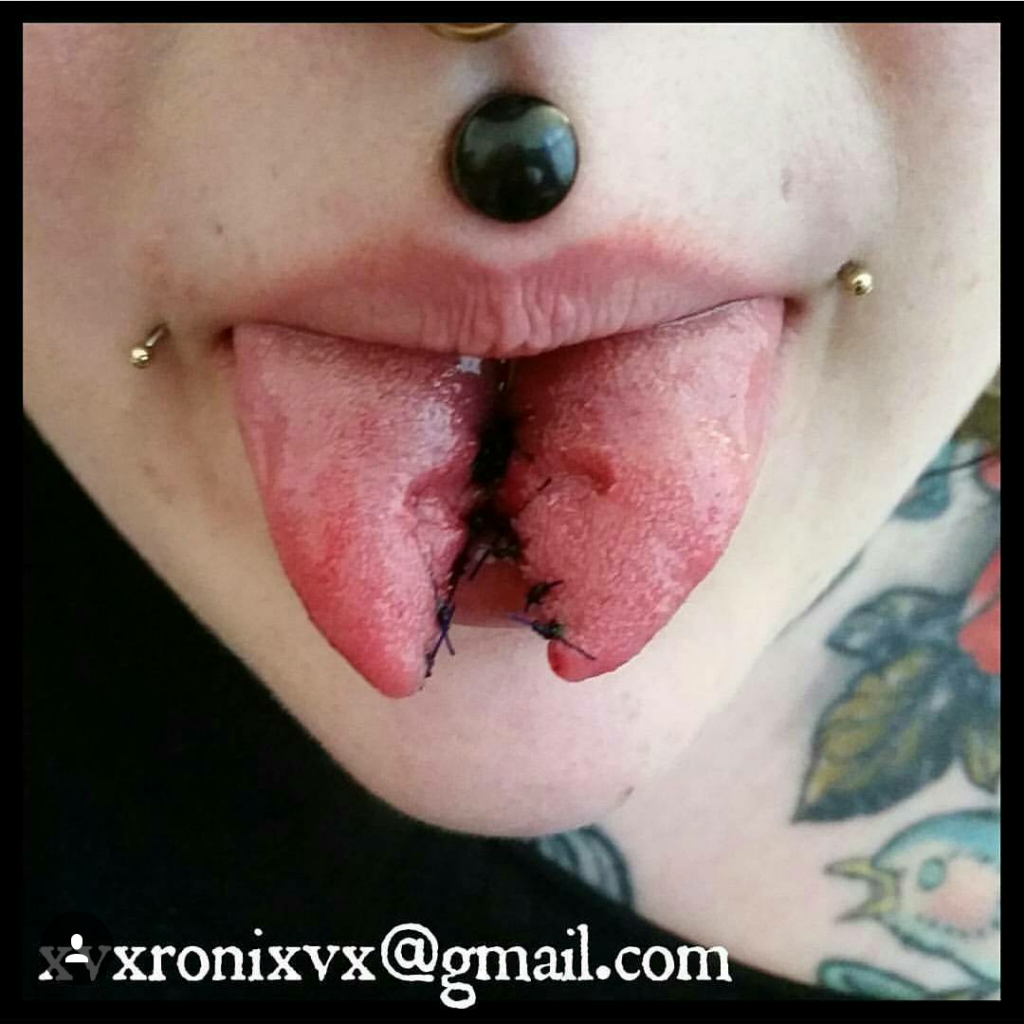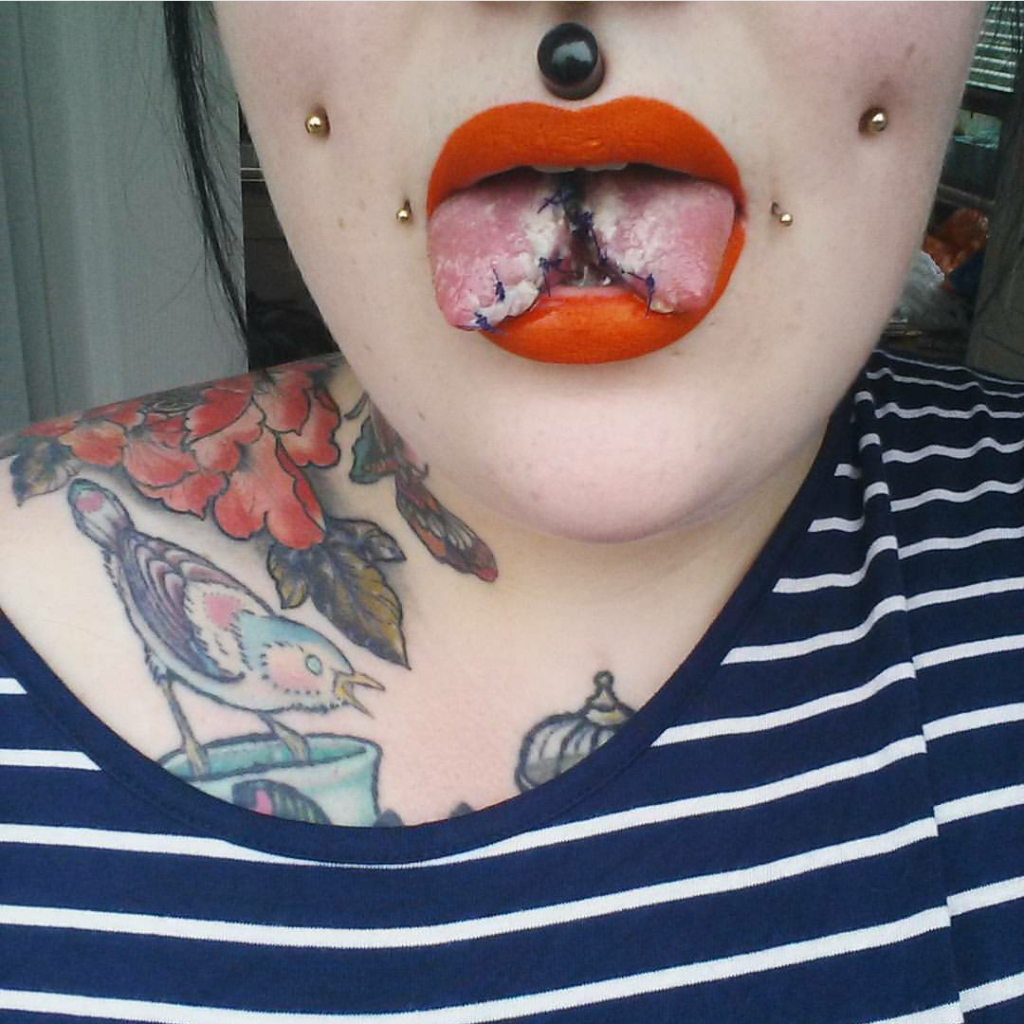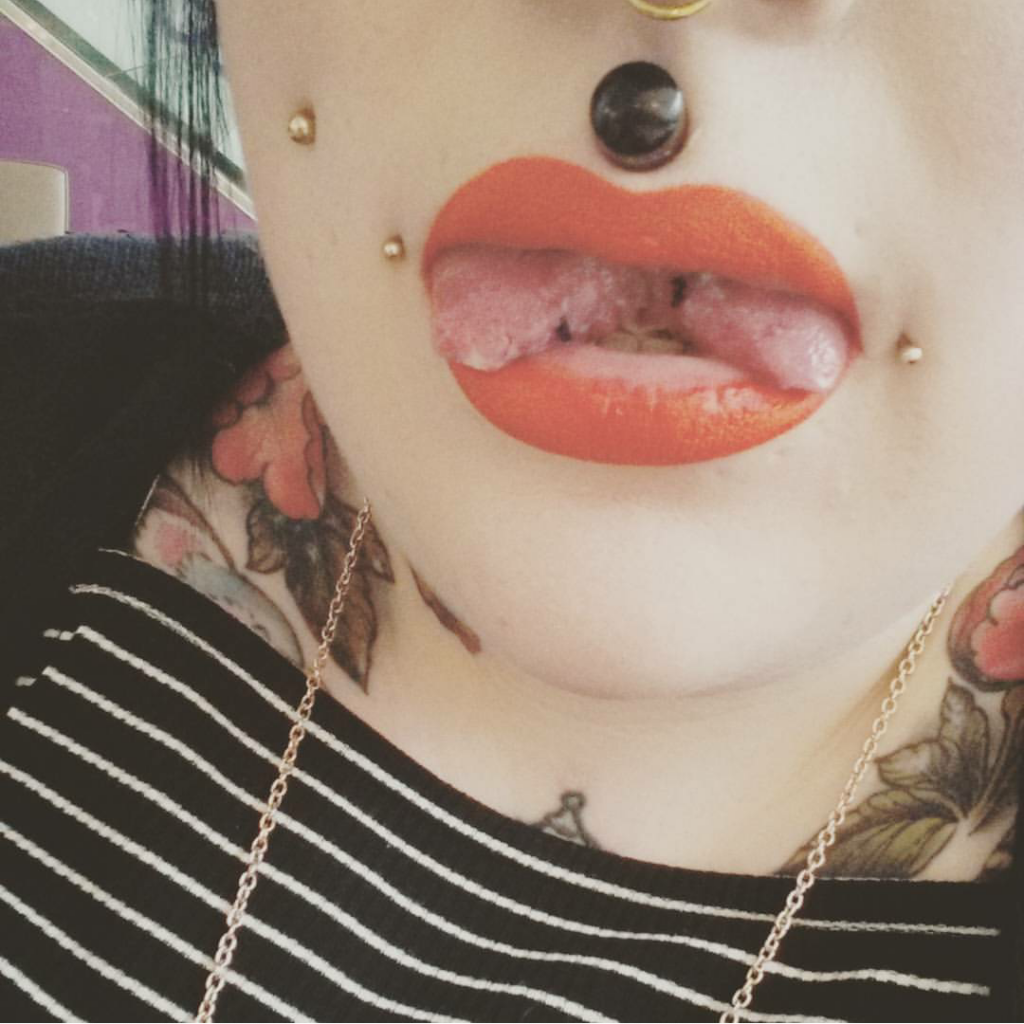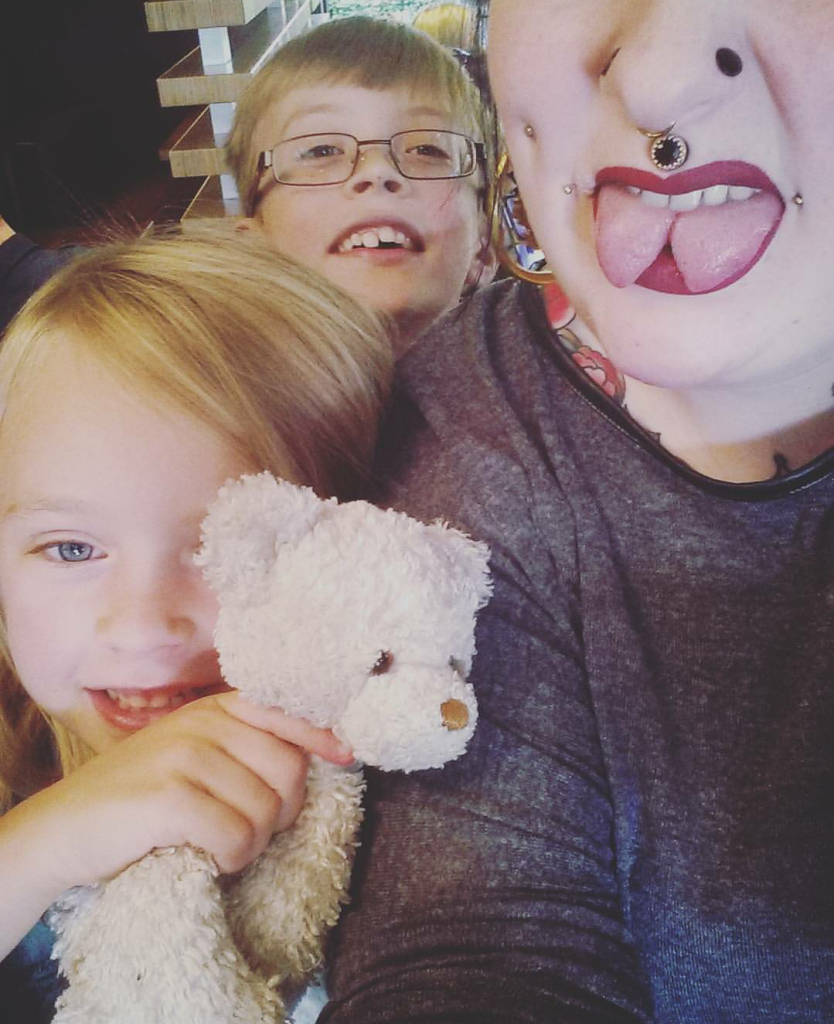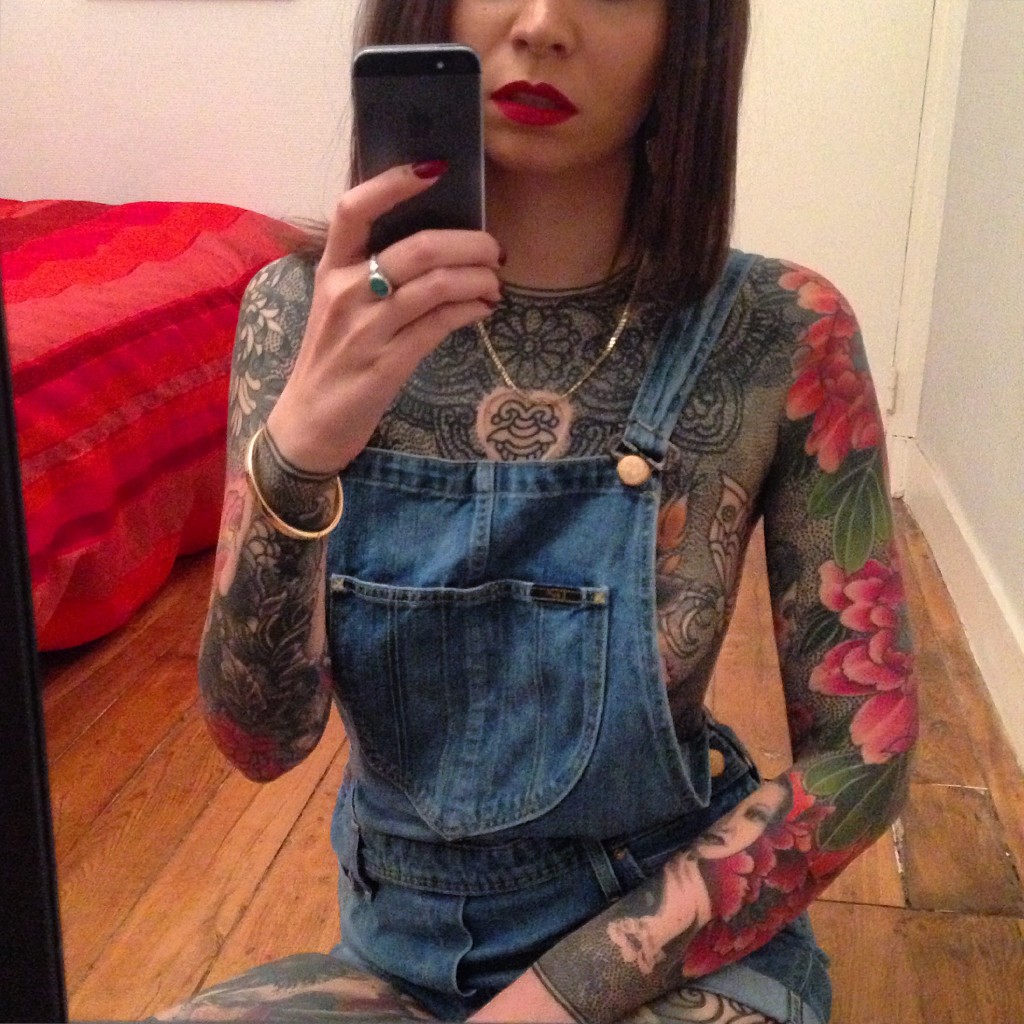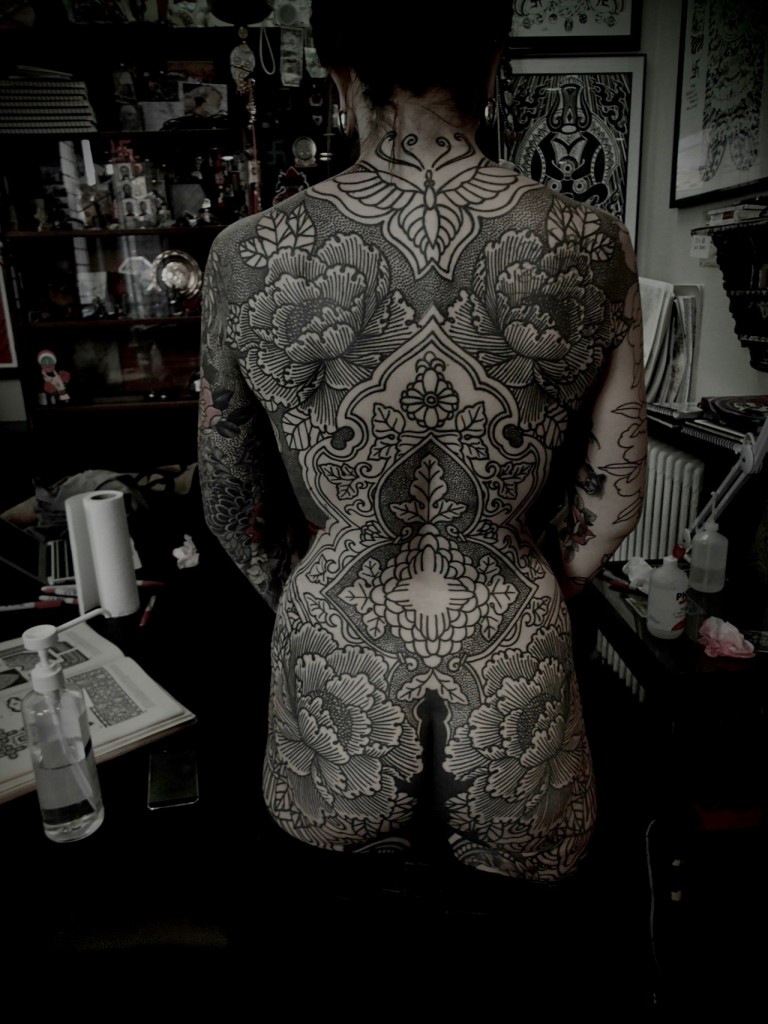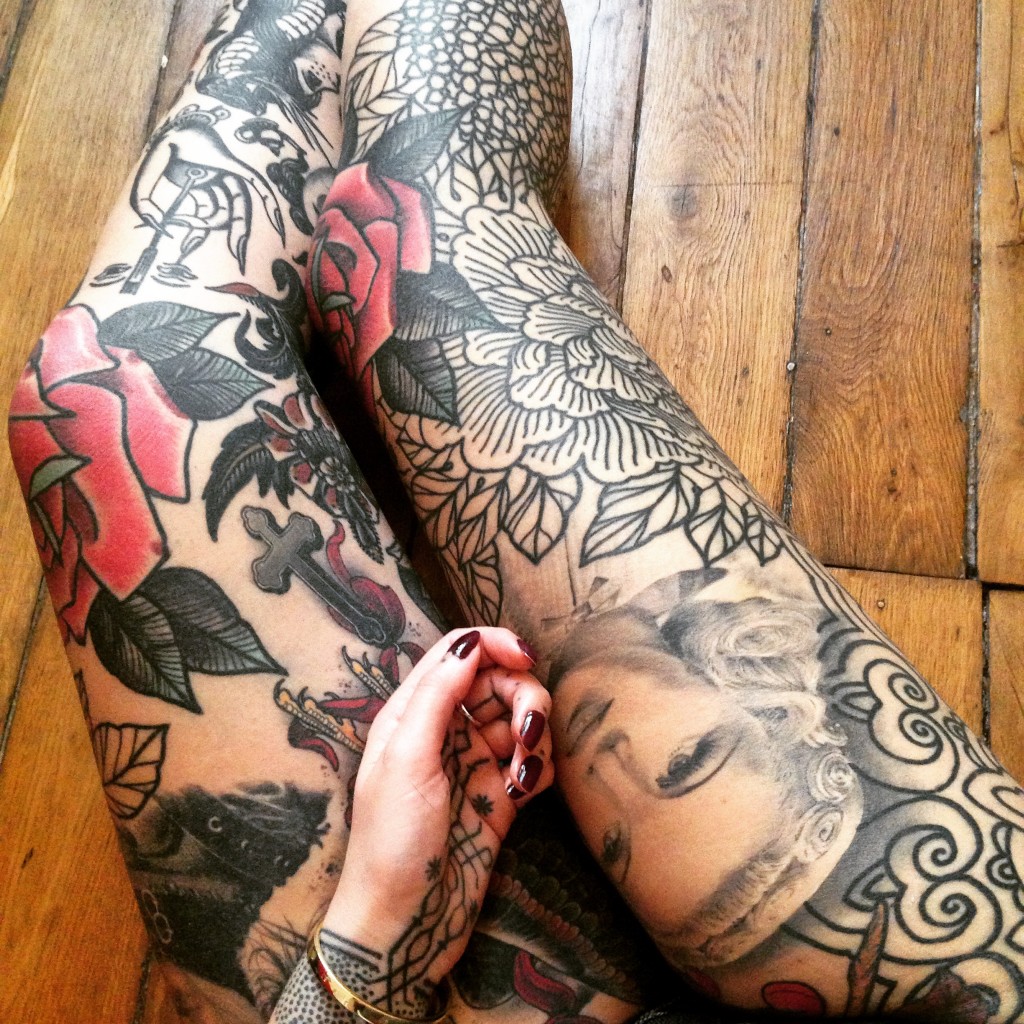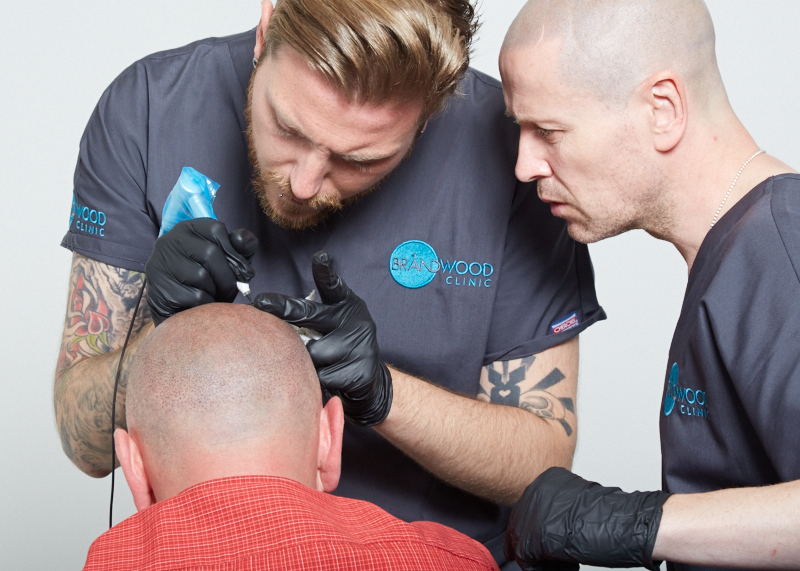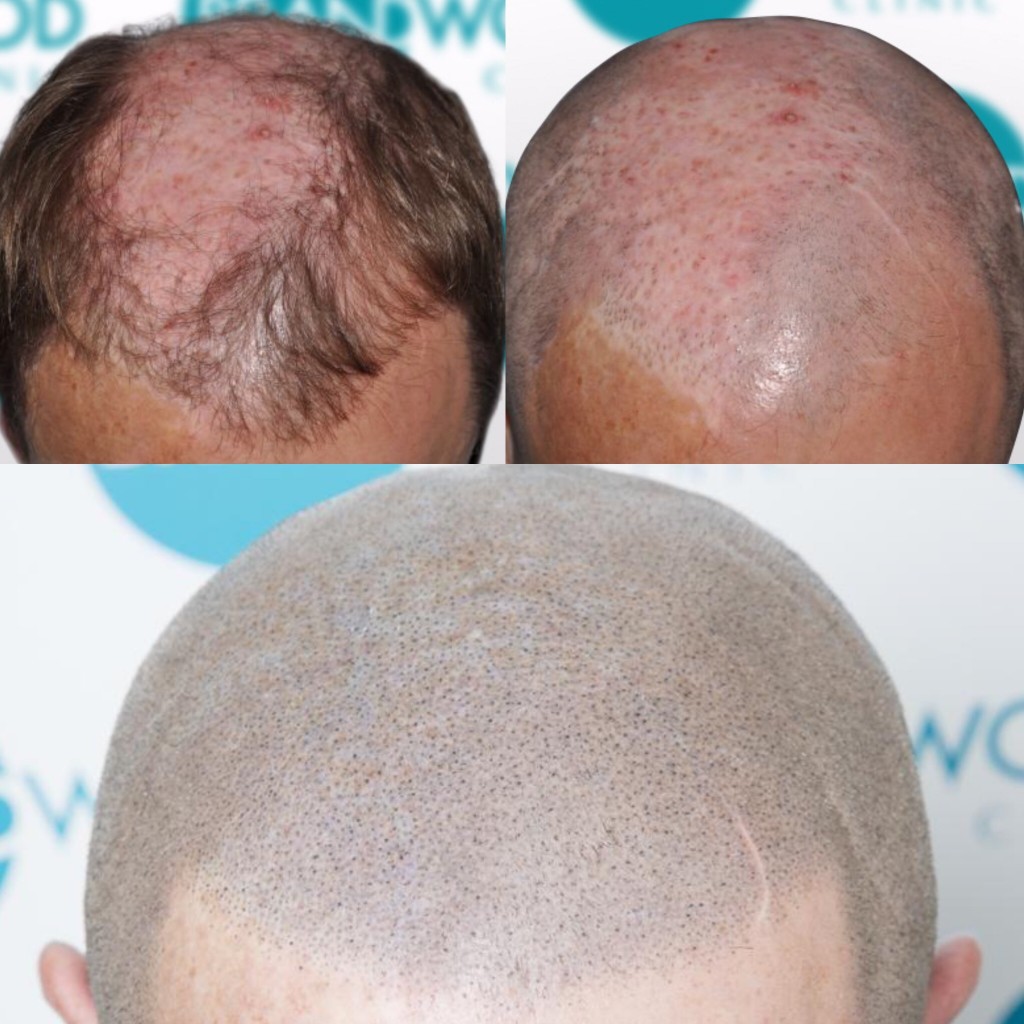We chatted to geometric tattoo artists 28-year-old Paul Davies who works out of Artium Ink in Kingsbridge, Devon about what inspired him to become a tattooist and how he recently found out that he is autistic…
Photo taken by Matthew Partington
I’ve been tattooing for roughly six years. I moved from Cardiff seven years ago to study fine art at Plymouth university. It was a really last minute decision so there was no available student housing. I moved in with some guys that worked in a tattoo studio, so hanging out with them everyday I started to think this was the path for me, rather than being a painter/illustrator which had been my original goal when moving. I’ve never been interested in doing anything other than being an artist. From the age of around five I really wanted to be an architect, but by the time I was old enough to do some work experience at an architectural practice, I realised it wasn’t as creative as I hoped it would be.
Once I started tattooing I was immediately drawn to patterns and geometry. But the style wasn’t really as popular then, so I just did anything to keep busy. Dabbled in all styles of tattooing and slowly convinced people instead of idea had, maybe it would look good to add some patterning to their tattoo. As time progressed the patterning took over. But I still really enjoyed all the other styles I used to do so I merged them to create something of my own.

I enjoy all the drawing I do but given the chance to design unrequested designs I tend to draw things that I have an almost obsessive interest in, like people with super human abilities, whether that’s a comic book character, Jedi knight or action hero that inexplicably can’t be killed.
I have a few guest spots and conventions around the UK lined up for this year but the one I’m most looking forward to is a guest spot I was invited to in Toronto. One of my favourite artists from Japan has been invited at the same time as me so looking forward to meeting him.
I hate most of my own tattoos as I did the majority that I can see myself to practice when I first started. I’m ambidextrous so I’ve done both of my forearms which as they are always on show, get most attention. I get embarrassed when I’m asked the artist that did them as its not a reflection of the work I do.
Recently I found out I’m autistic. On the spectrum it’s Aspergers but I’ve been told that’s not used anymore and it’s ASD (autism spectrum disorder). For my job it’s a massive benefit, I’m completely focused, never want to stop working and able to think about things a little differently to other people. Behind the scenes it really impacts my personal life. I’m currently writing this from a bar in Cheltenham as I’m heading back from Tattoo Tea Party in Manchester and I’ve freaked out that too many people got on the train in Birmingham and I can’t get back on until I’m drunk.
My wife would liken me to the character Spock from Star Trek, I’m not without emotion, I just don’t understand to show it properly. I think only logically about things and have little time struggle to include other people’s feelings in my actions. A few people over the years have mentioned I maybe autistic but I naively dismissed it as I thought only of the extreme form of the disorder.
Recently I posted a status about this and I’ve had a couple of artists message me saying they often feel a similar way, I wasn’t surprised to see they also specialise in patterns and geometry.

Being a social job I do struggle with it, it would be great if I could just be given an arm to take away and work on alone. Since finding this out I’ve realised I have a script that I say to each customer and that helps me feel in control. I have almost the same conversation every day and I really like it that way. Routine helps me function well, and sometimes I think I couldn’t have got to where I am without autism. However I am stuck in Cheltenham until I get over my anxiety attack and I’m drunk enough to get back on public transport so, swings and roundabouts.


